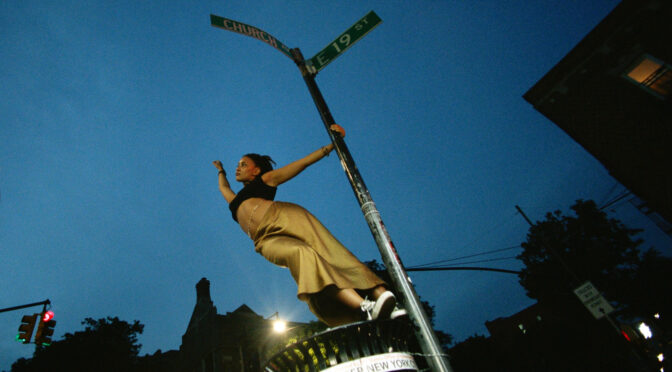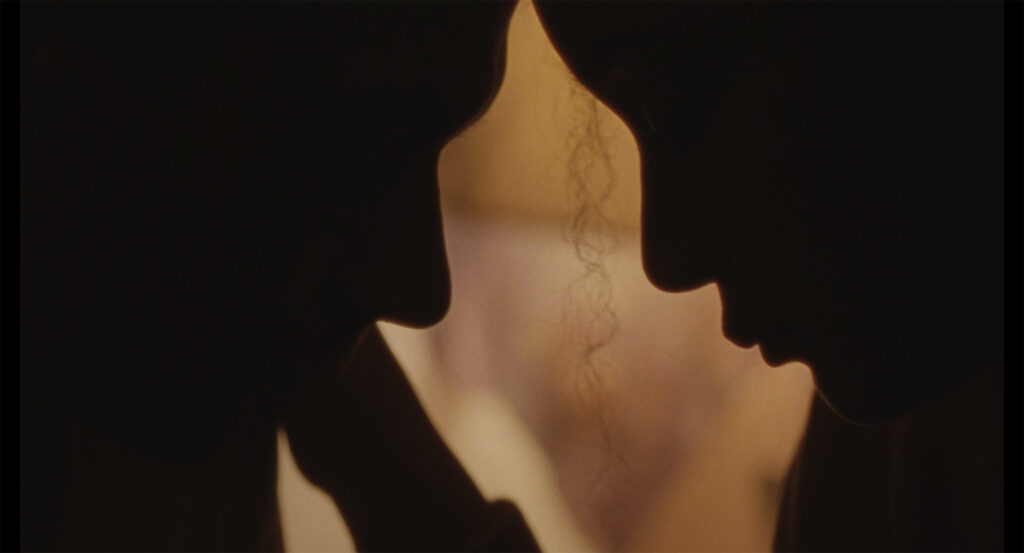Article by Brigitta Mariuzzo
Translation by Martina Perrero
Tendaberry explores the signs that time, as it passes, leaves on our lives and the environment that sourrounds us. These marks may be tangible and visible to anyone, or they may manifest themselves in a less obvious way and remain in the background of our daily lives.
Dakota is a young woman trying to survive in New York City: she works in a convenience store (which she hates) and tries to scrape together some extra money by singing between subway trains. It is during one of her performances that she meets Yuri, with whom she begins a romantic relationship that is interrupted when he has to return to Ukraine, his home country, to care for his ailing father. A few months later, the conflict in Ukraine erupts and the two lovers lose all contact.
The close-up, handheld shots lend intimacy and closeness to the characters and what happens to them, but they also express the hectic, suffocating pace that New York imposes on those who live there.
From the very beginning, it is clear that Dakota’s life is part of a bigger picture, a big city where, every second, thousands of lives have the chance to brush past one another. But not only that: the story is also embedded within a larger scale, the global context. The main character feels the reverberations of what is happening around her directly on her skin, in a more or less direct way: the war in Ukraine, the gentrification of Brooklyn with the resulting evictions, unwanted pregnancy, and the loss of her origins.
This interweaving of themes, people and events does not only move in the present time, however, but is also in continuous dialogue with the past and the future. In Tendaberry, Dakota’s life is interspersed with archival footage, particularly that of Coney Island, sometimes narrated by her, sometimes inserted into the narrative. This is how past and present, reality and fiction intersect and interpenetrate, emphasizing the different marks that time leaves with its passage. Archival material about Coney Island and the Luna Park it once housed dialogues with the four seasons that mark Dakota’s life, underscoring the rapidity with which anything, personal or collective, can change.
The final montage, then, is an invitation to recognize the impermanence of existence and to cherish the connections we make; it urges us to inhabit with awareness the space we are given and to allow ourselves to be carried along by the rapid flow of everything.


